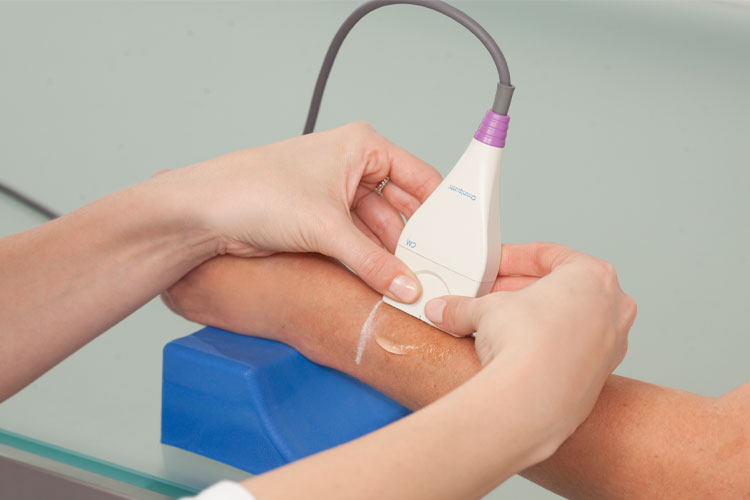The Importance of Osteoporosis Diagnosis for Long-term Bone Health
As a progressive systemic skeletal disease, Osteoporosis is accepted as a major public health problem, with huge associated cost. Osteoporosis-related fractures increase dramatically with age, and they often cause rapid deterioration in long-term bone health, with a considerable contribution to mortality. While osteoporosis cannot be reversed, it can be effectively managed by early detection of bone mass loss and by prevention of further loss. Diagnosis of osteoporosis at the early stages can improve people’s quality of life and bring down direct and indirect costs.
Widespread diagnosis of osteoporosis requires that patient populations have easy and affordable access to physicians who are qualified and experienced in osteoporosis diagnosis, and also to bone density testing technologies.
Bone Density Tests – An Overview
Bone density tests are an important element in helping evaluate bone health relating to risks of fractures and in assessing osteoporosis development.
The tests are used by physicians to help them diagnose and monitor osteoporosis and are an essential tool in the fight against osteoporosis.
Physicians use bone density tests in association with consideration of a variety of clinical risk factors, including:
• Sex, age, height and weight of the patient
• Previous fractures
• Hip fractures among parents
• Smoking habits
• Associated conditions such as rheumatoid arthritis
• Alcohol consumption
• Standard Bone Density Test
Traditionally, Dual Energy X-ray Absorptiometry (DXA) technology is used for bone density tests. It provides an assessment the amount of minerals in the bones. Bone mineral density loss, identified through a DXA bone density test, provides an indication of bone status.
Drawbacks of DXA Bone Density Testing
While DXA bone density tests are perceived as the gold standard, the systems are large, room-sized equipment expensive to purchase and operate. Bone density tests performed with DXA expose patients to radiation. Repeated X-ray exposure, even in low doses is not optimal; therefore DXA-based bone density tests ideally should not be frequently and repetitively performed on the same patient more than once every two to three years.
Quantitative Ultrasound – An Alternative to Bone Density Tests for Early Assessment and Monitoring of Osteoporosis
As a leading developer of quantitative ultrasound-based systems, Beammed is leading the way in helping fight osteoporosis. Beammed’s Sunlight products, which utilize proprietary Omnipath Axial Transmission Technology, provide valuable information for early assessment of osteoporosis. In this way, they provide a proven, effective alternative to bone density tests, particularly where cost or geographic isolation make DXA bone density tests inaccessible to specific patient populations.
Expressed in both SOS m/sec and as a Z score and a T score, the output results can be used in conjunction with other clinical risk factors to assist physicians in the diagnosis of osteoporosis and other medical conditions leading to reduced bone strength, and, ultimately, in the determination of fracture risk.
The MiniOmni Portable Bone Density Scanner is accurate enough to make it suitable for monitoring bone changes which occur during the years of accelerated growth and in the early years following menopause – providing an x-ray-free alternative to DXA bone health density tests
- Free consultation 1-800-769-6808
Follow us on Facebook











